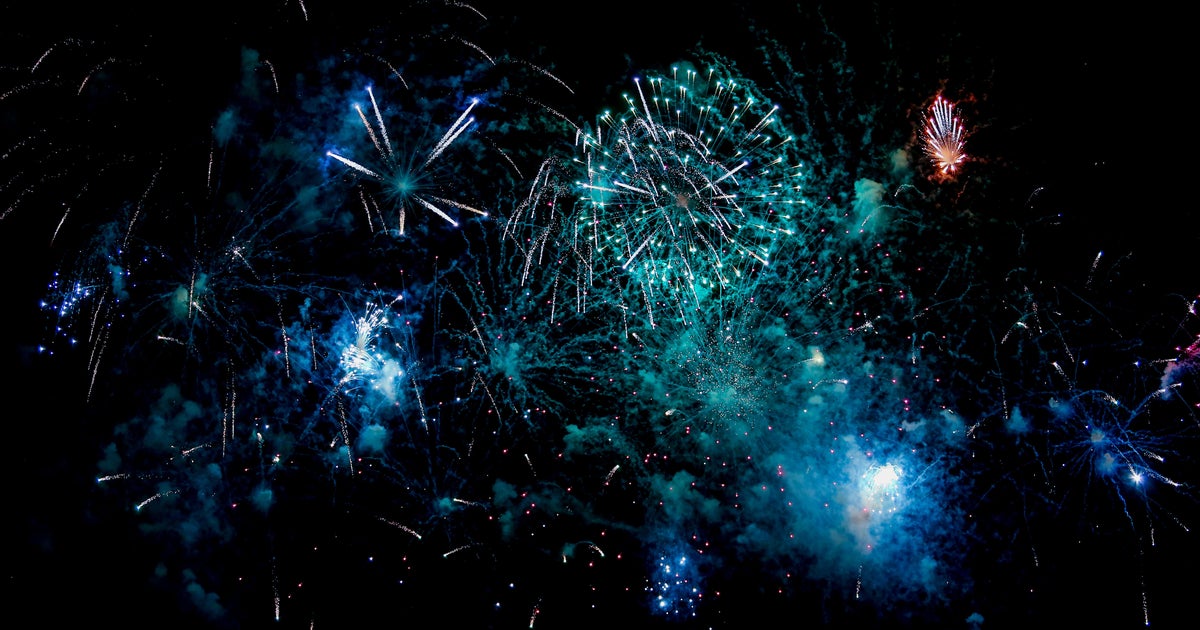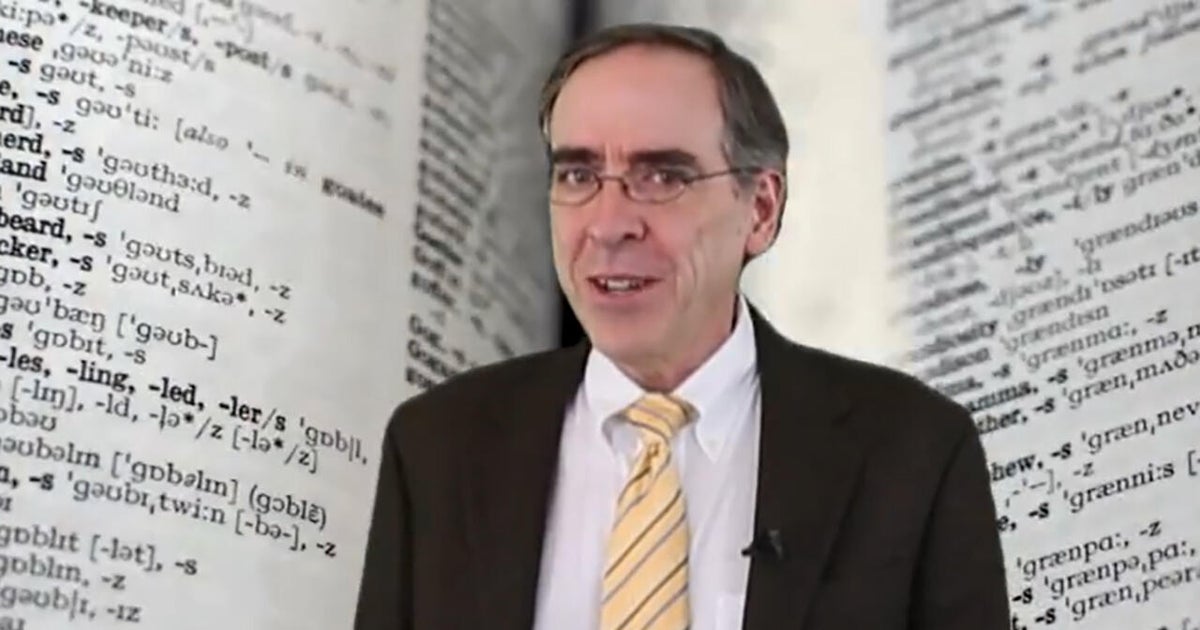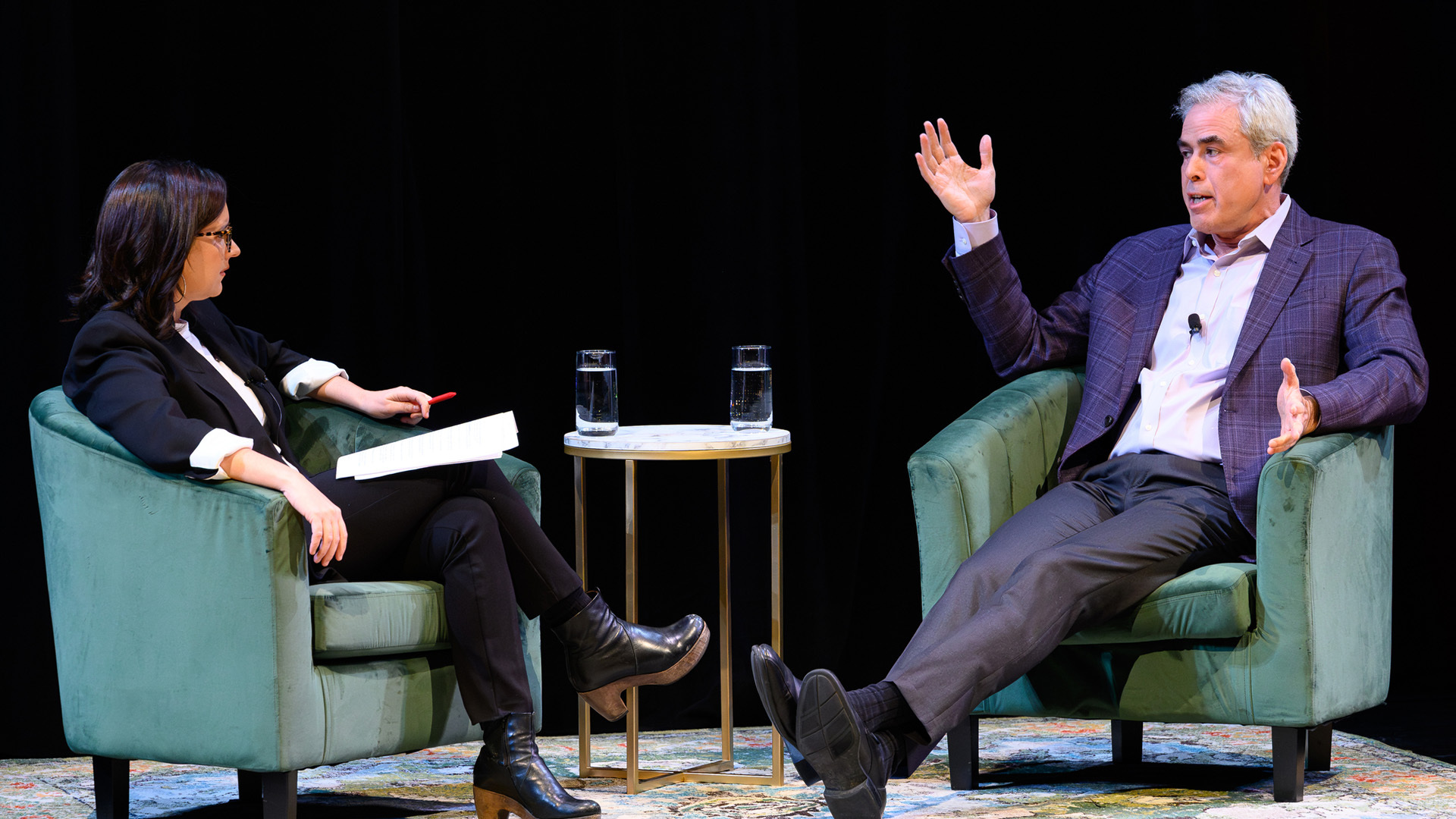Why James Baldwin's influential work still resonates
James Baldwin is widely considered one of the most influential writers and social critics of the 20th century.
This year marks 30 years since Baldwin's death, but in the last 12 months, his book sales have increased by a remarkable 110 percent. The recent revival of interest in Baldwin's work could be in part because of the Oscar-nominated film, "I Am Not Your Negro."
Now the public can view a rare collection of Baldwin's work at the Schomburg Center for Research in Black Culture in New York City's Harlem neighborhood.
"When we announced that we had acquired the Baldwin's papers at the event, people were just blown away. And people have been just coming through the doors really fascinated and interested in Baldwin… Old and young, black and white, all races and colors and orientations, all different folks come out to see what Baldwin has to say, and to connect with him in powerful way, and I think he's connected with them because he writes about their truth," said Kevin Young, the center's director.
In 1963, Baldwin said, "It is a matter of changing the attitudes of this country. Martin Luther King is a great and heroic man but he cannot do for you what only you can do."
"Brown Girl Dreaming" author Jaqueline Woodson, who's written about Baldwin, said one of her favorite Baldwin speeches was during a Cambridge University debate between the writer and William F. Buckley in 1965.
"He got up there and he spoke about race… and he spoke about the United States and just opened his mouth and changed the world," Woodson said.
Photographer Steve Schapiro came upon one of Baldwin's essays in 1962 through a New Yorker article. The essay eventually became a part of Baldwin's book, "The Fire Next Time."
"I read it and was very moved by it, and I asked Life magazine where I had just started doing freelance work if I could do a photo essay on Baldwin. They agreed and he agreed, and for then next month in January in 1963 we traveled throughout the South," Schapiro said.
Schapiro's photographs are featured in a collector's edition of "The Fire Next Time."
"I was also struck seeing Steve Schapiro's photographs the way that he captured Baldwin in some of the intimate moments we've come to know, like him dancing in the living room or him sort of alone or him homeless child. Very powerful images that I think strike us today as how we know Baldwin besides his writing," Young said.
"Even beyond the images that we saw, the people that we met, the leaders, and just the whole spirit of the South at that particular time, I think it's his personality that comes through," Schapiro said. "I think it's the way he spoke to people, and how he really got to their hearts."
"I think more people are coming to know him because history repeats itself. And we are living in a time that in a lot of ways Baldwin was living through," Woodson said.
Young pointed to how images from Black Lives Matter and from Schapiro's photos of the civil rights movement have parallels, including signs that say "stop police killings."
"That real connection between Baldwin and that civil rights activity is writing about race is really relevant in thinking and trying to contend with race still very much in the same ways that Baldwin was," Young said.







